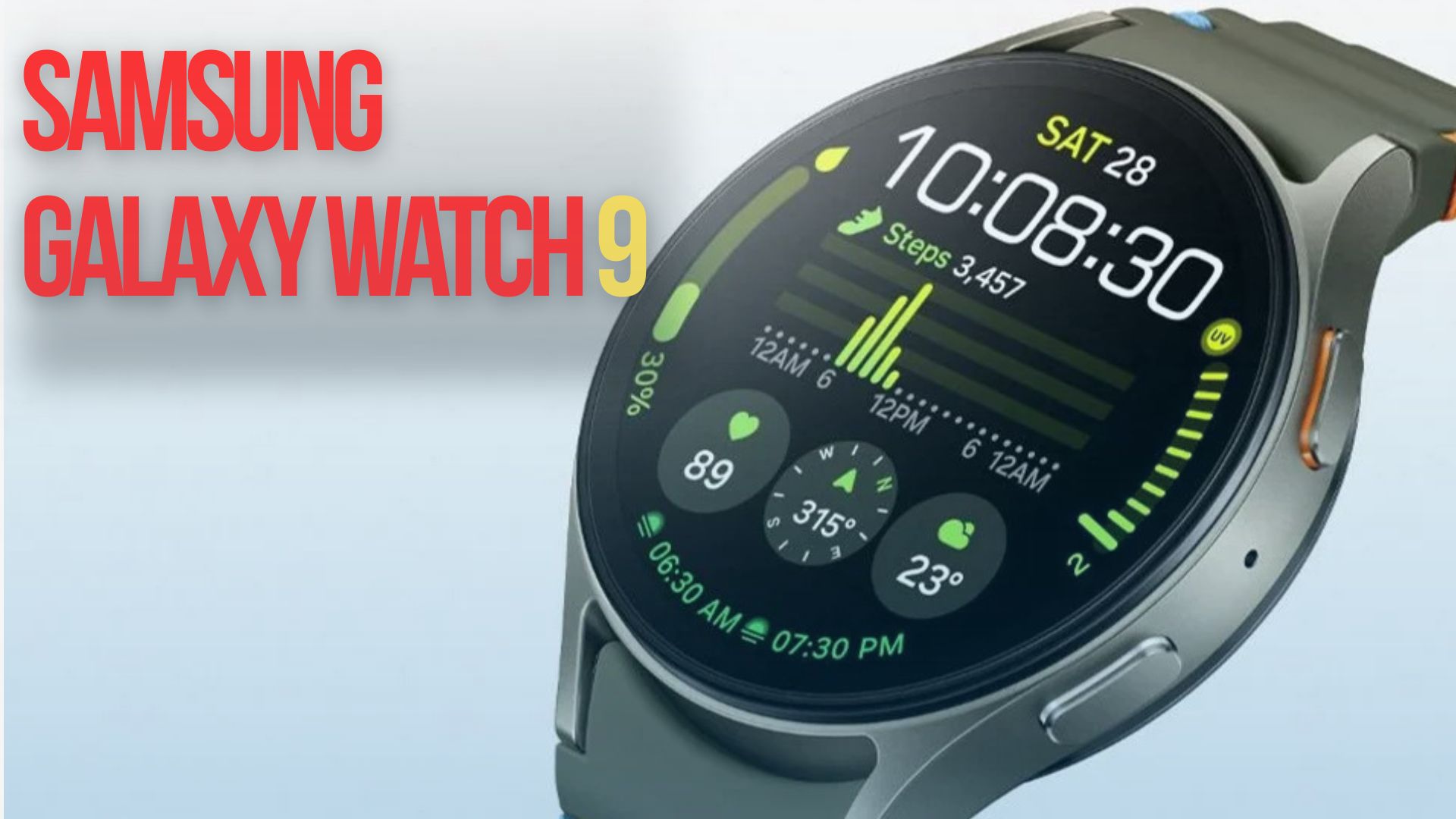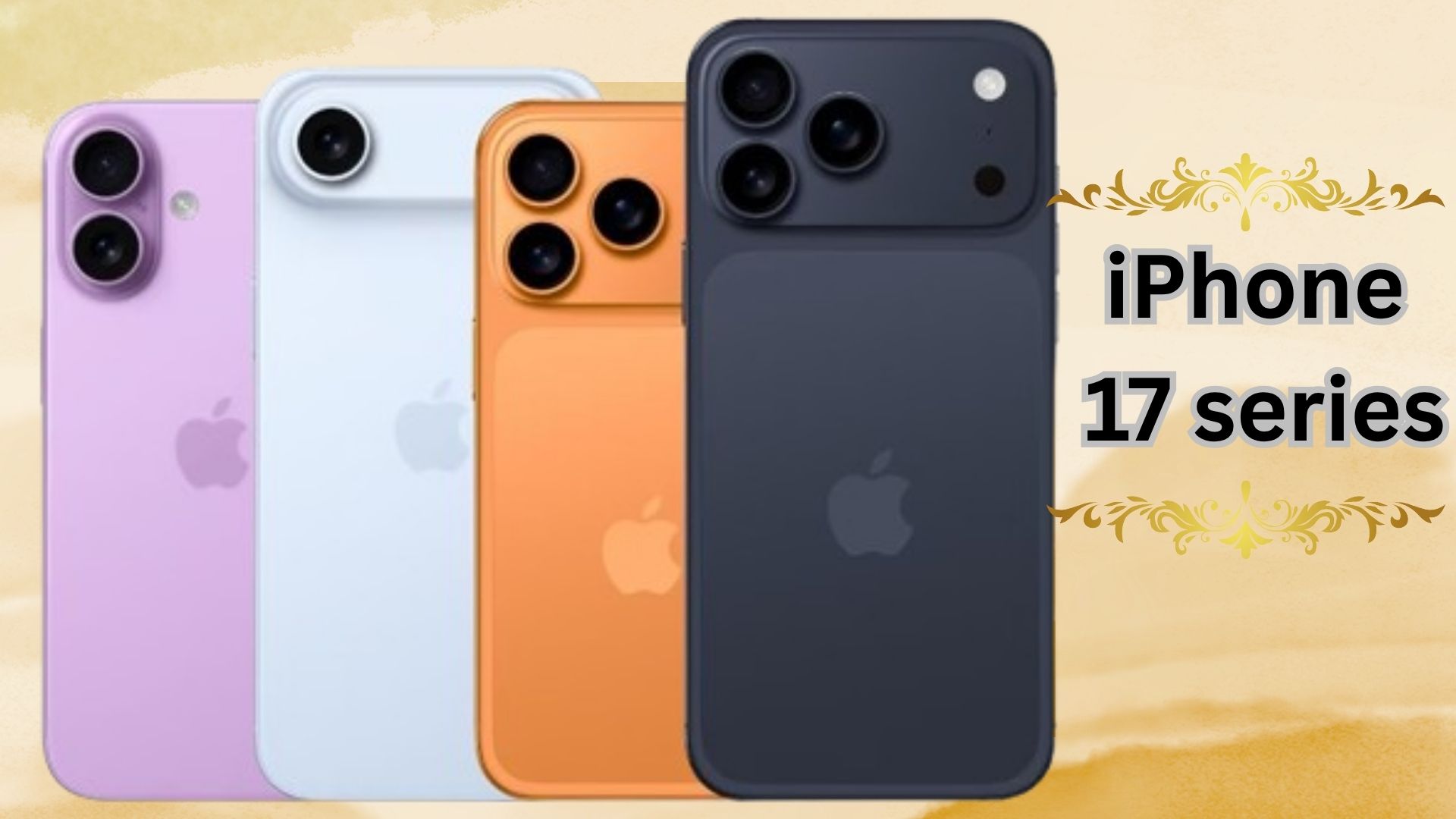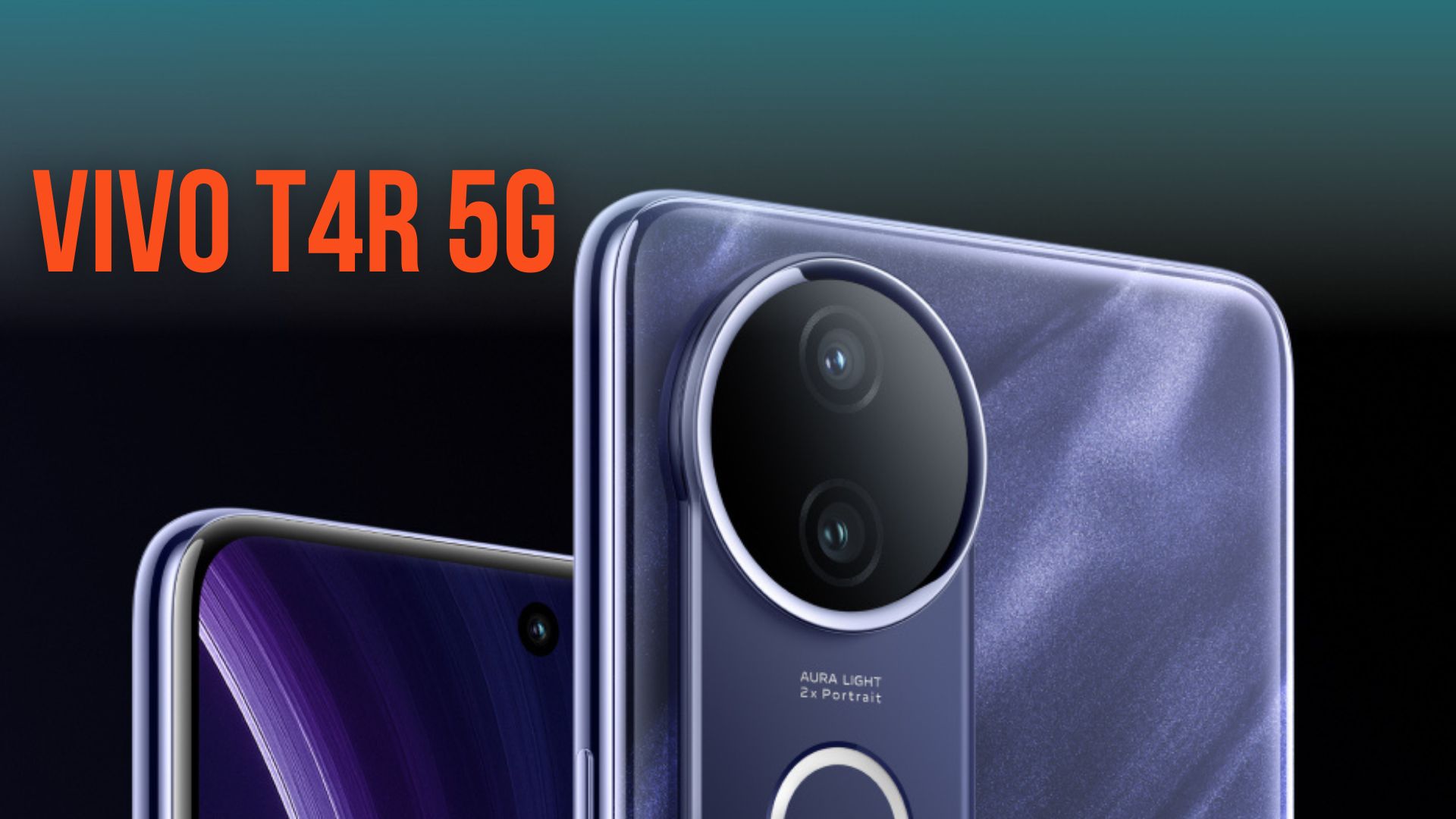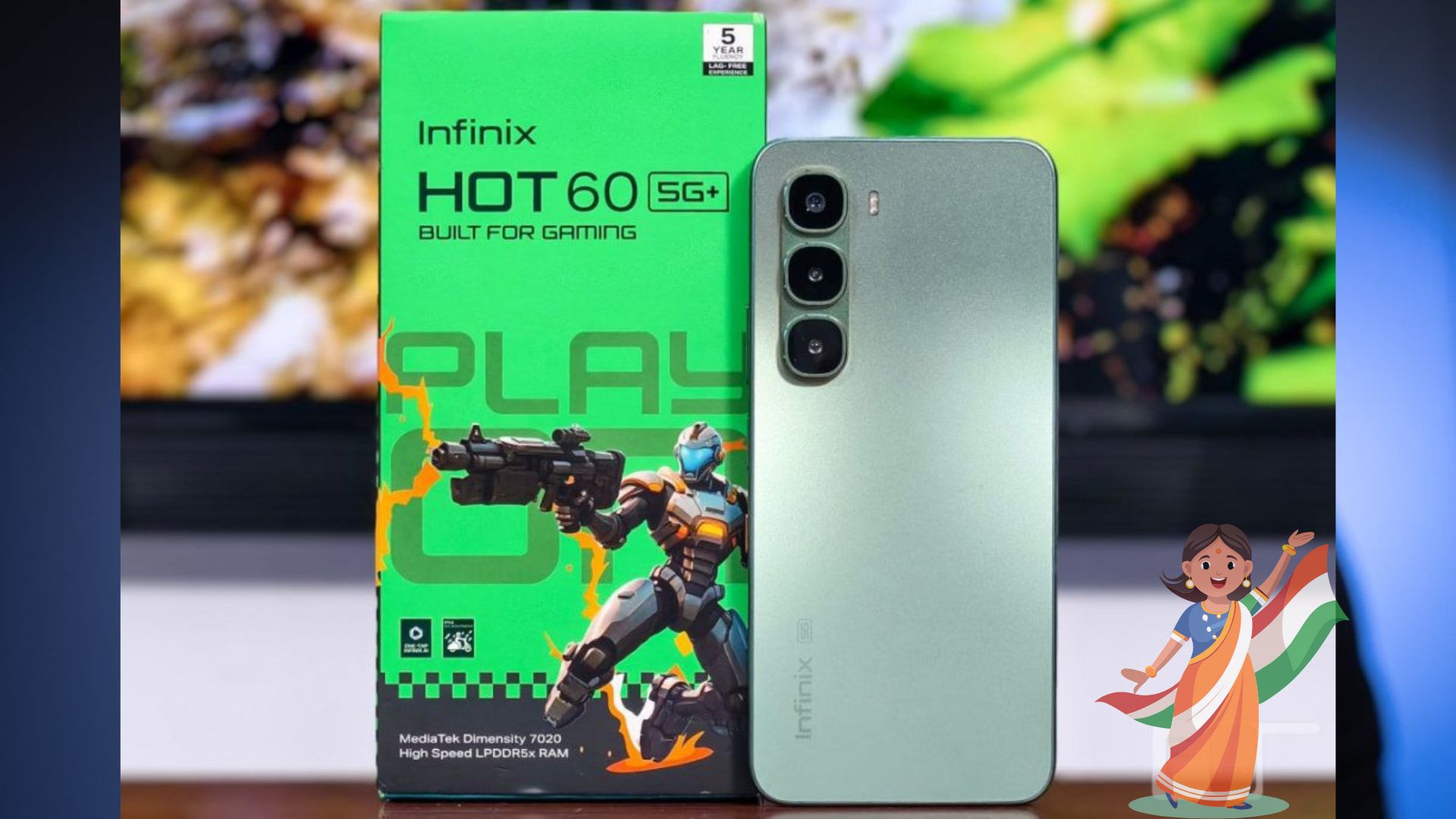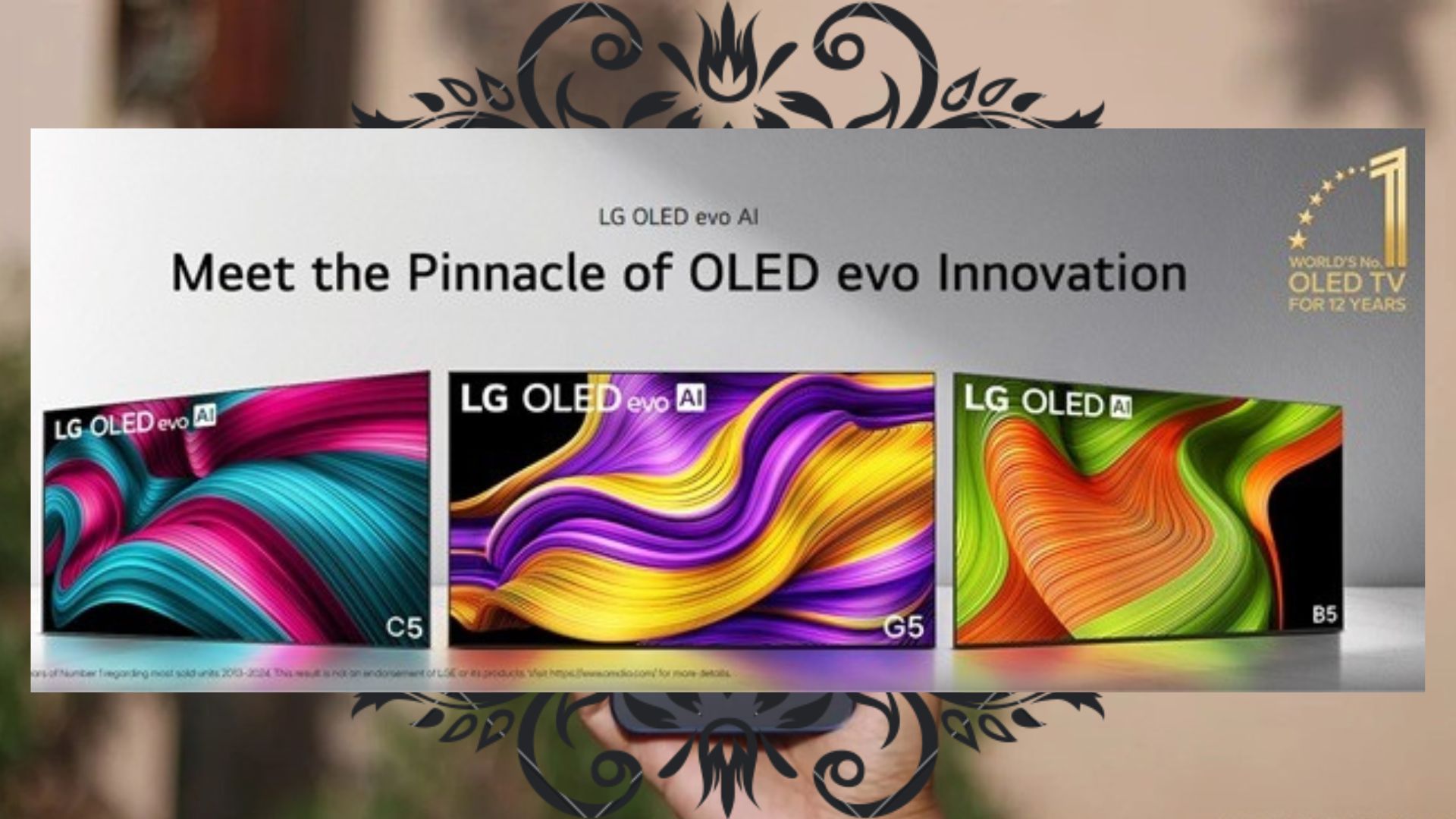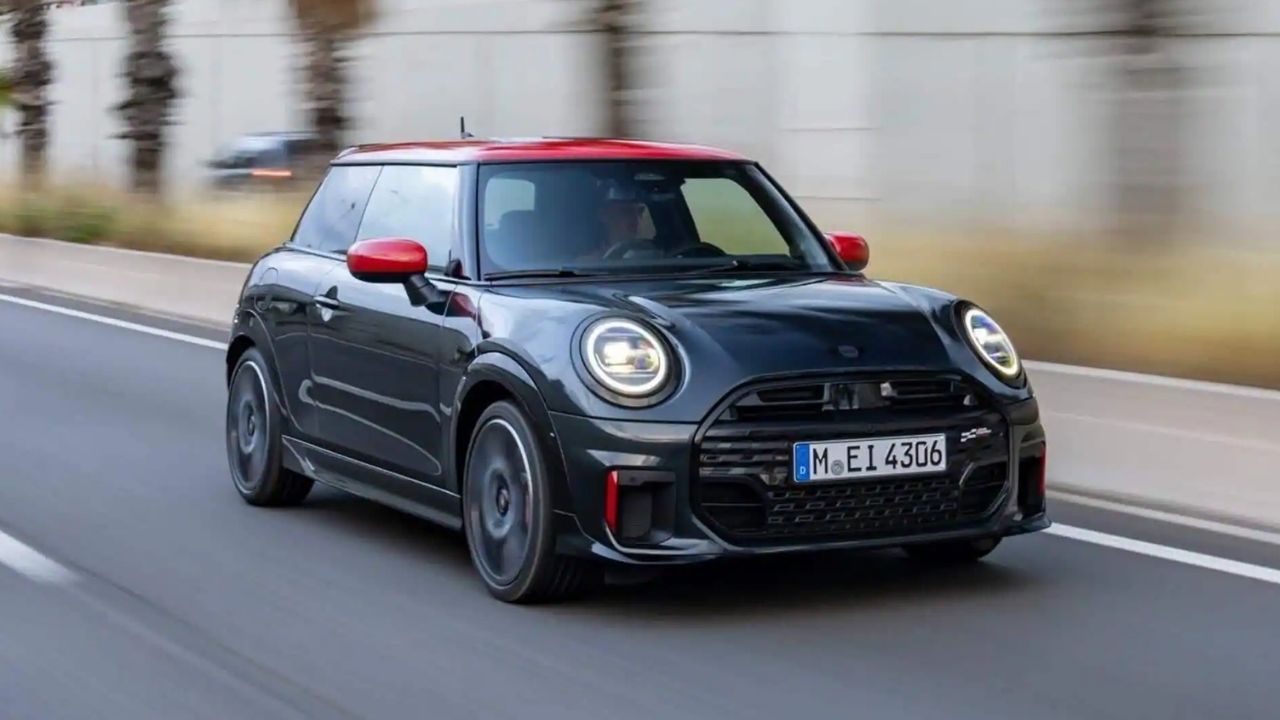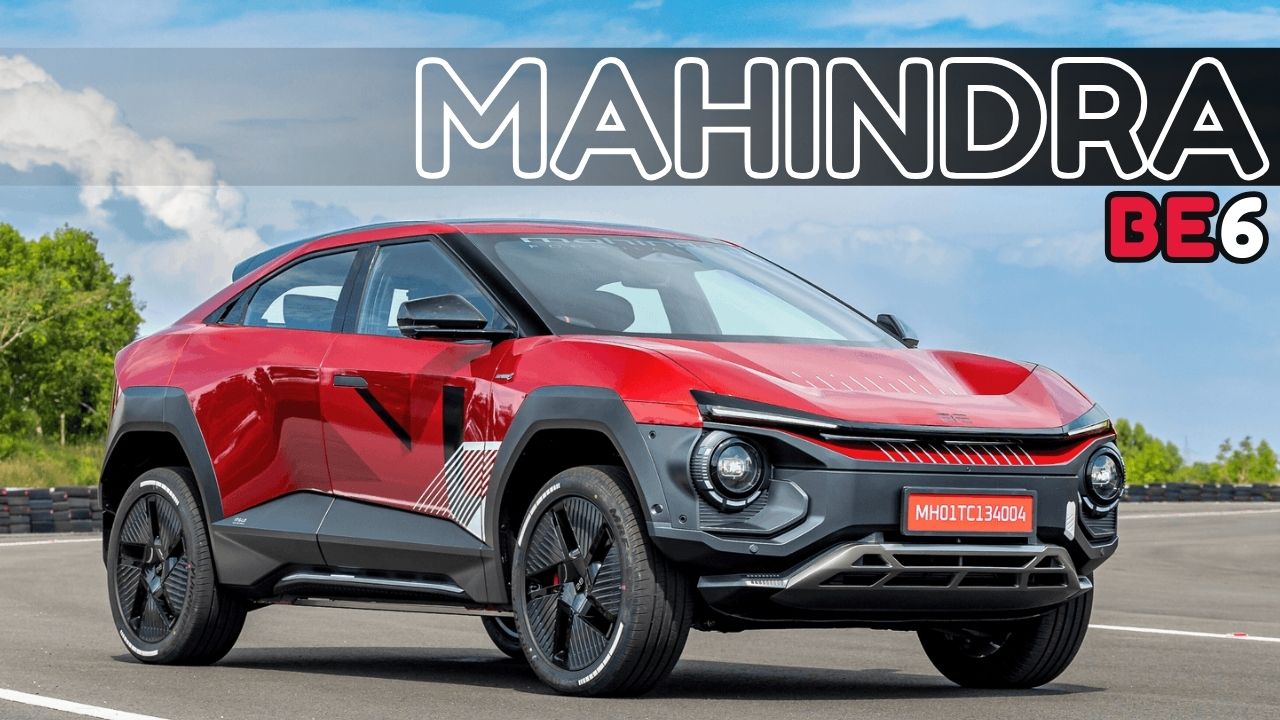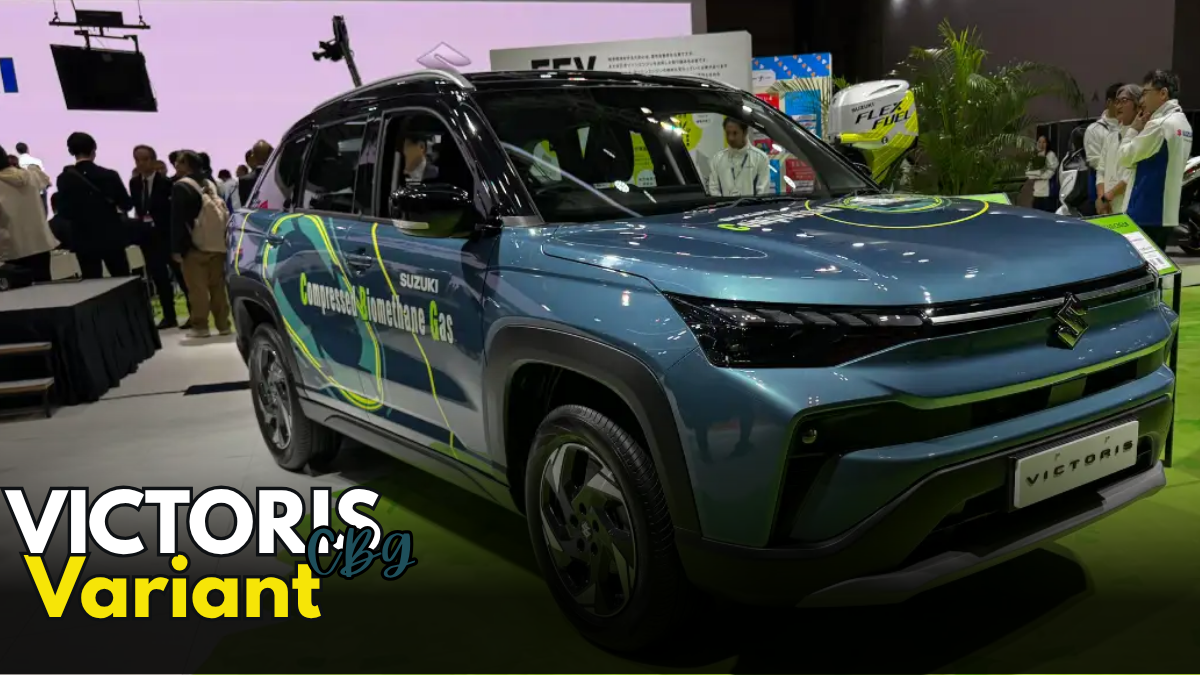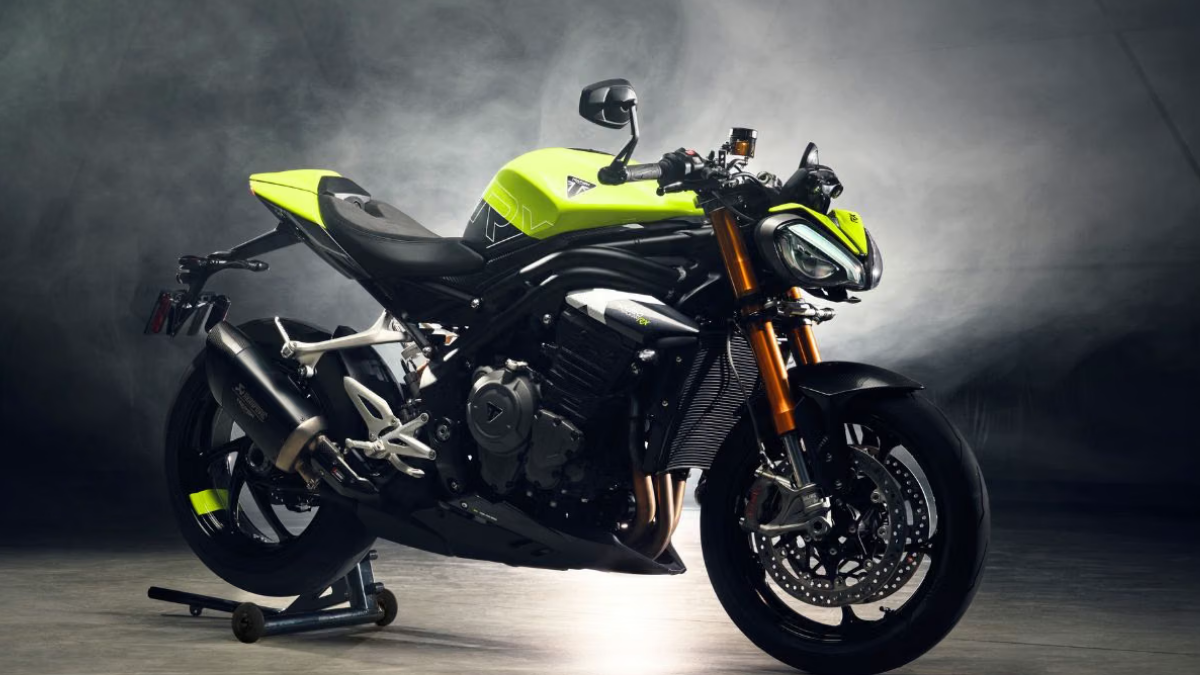With the recent launch of the Galaxy Watch 8 series, Samsung has signaled a clear direction for its smartwatch lineup. As we look toward the Galaxy Watch 9, expectations are rising for meaningful updates in design, health tools, battery life, and AI features. While we don’t expect a drastic departure from the current squircle form factor, there are several ways Samsung can improve the experience and justify continued user investment.
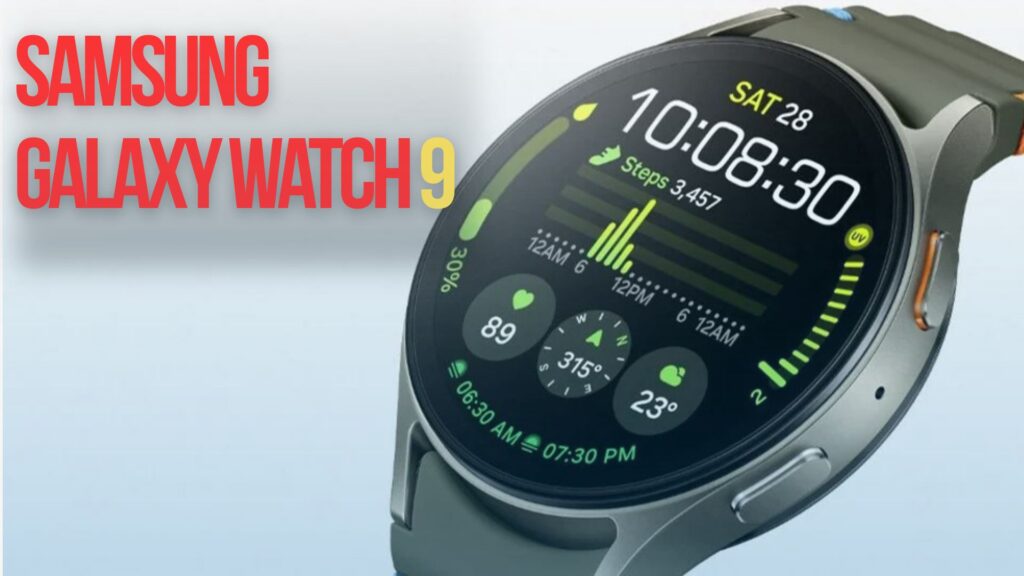
Summary Table
Feature Area |
Expectation for Galaxy Watch 9 |
|---|---|
Design |
Continuation of squircle “Cushion Design” with calls for thicker watch bands |
Models Expected |
Galaxy Watch 9 and Watch Ultra (2026) |
Processor |
Possible new 3nm chip or coprocessor |
Battery |
40-50 hours battery life, potential efficiency gains |
Charging |
Same 10W fast charging, possible Qi2 support |
Health Tools |
Enhanced Samsung Health AI, new data tools |
OS and AI |
Wear OS 7, deeper Gemini and AI integration |
Frame and Durability |
Aluminum case, 5ATM water resistance, MIL-STD-810H |
Additional Features |
Potential Ultra-wideband support, more sensors |
Official Website |
Design: Squircle Continues, but Fans Want More
Samsung’s squircle “Cushion Design” debuted with the Galaxy Watch 8 and is likely here to stay. Though many fans long for the traditional circular look, leaks suggest that the Watch 9 will retain the squircle shape. One important design tweak users are asking for is thicker, more proportionate watch bands. Reviewers have noted that the narrow bands currently used on the Galaxy Watch 8 make the squircle case appear oversized. Adopting wider bands like those used in the Galaxy Watch Ultra could offer a more balanced look.
Models: What to Expect in 2026
Samsung released three models in 2025: the Galaxy Watch 8, Watch 8 Classic, and Watch Ultra. Traditionally, Classic editions are released in alternating years. That pattern implies we’ll likely see the standard Galaxy Watch 9 and a new Galaxy Watch Ultra in 2026. A Pro model return is unlikely due to overlapping features with the Ultra, such as titanium frames and extended battery life.
There’s also speculation that a second Galaxy Watch FE (Fan Edition) could launch, continuing Samsung’s trend of following Apple’s SE lineup. Since the first Watch FE debuted in 2024, a 2026 release for FE 2 seems likely.
Processor and Performance
The Exynos W1000, a 3nm chip with 2GB of RAM, has powered the last two Galaxy Watch generations. Historically, Samsung rarely retains a processor for more than two watch generations. This opens the possibility for a newer, more efficient 3nm chip or a coprocessor dedicated to AI and background processes. These upgrades could lead to improved performance, responsiveness, and battery efficiency.
Battery Life and Charging
The Galaxy Watch 8 offered 40 hours of battery life with capacities of 325mAh and 435mAh depending on the model size. While not a major leap, this performance has been consistent. With Wear OS becoming more power-efficient each year, the Galaxy Watch 9 might push the envelope to 50 hours of use per charge, even without larger batteries.
Samsung has reportedly been developing solid-state “Dream Batteries” for future wearables. These advanced batteries could appear in the Galaxy Watch 10 (2027), but are unlikely to be ready for the Watch 9. Until then, users will have to rely on incremental improvements.
Charging will likely remain capped at 10W, which is a standard set for recent Galaxy Watches. Samsung may also adopt Qi2 charging, offering better compatibility and efficiency, though this remains unconfirmed.
AI and Wear OS 7
Gemini integration in Wear OS has already begun, and the Galaxy Watch 9 may take this further. Enhanced AI capabilities could enable more in-depth conversations, predictive insights, and contextual coaching. With improved hardware, users can expect faster and more intelligent responses.
One area of potential growth is deeper integration between Gemini and Samsung Health. Ideally, AI would analyze your health data to deliver personalized coaching, fitness planning, and lifestyle suggestions.
Health Features and Coaching Tools
Samsung’s health tracking is increasingly sophisticated, thanks to the BioActive sensor and new metrics like Antioxidant Index and AGEs Index. We expect these features to remain in the Watch 9, possibly with refined LED sensors for more accurate readings.
Future updates may include a subscription-based Samsung Health platform. Disclaimers already suggest Galaxy AI tools will remain free only through 2025, which could pave the way for premium coaching features in the Watch 9. However, to justify a subscription model, Samsung will need to ensure that health insights are deeply personalized and medically relevant.
Non-invasive blood glucose monitoring remains a much-requested feature, and Samsung has reportedly been working on it. If accurate and FDA-cleared, this would be a game-changer.
Connectivity and Future Tech
Bluetooth 5.3 and WiFi 5GHz are current standards, but the Galaxy Watch 9 may be the first Samsung wearable to introduce Bluetooth 6.0 and WiFi 6GHz. Additionally, ultra-wideband (UWB) support could open doors to features like digital car keys, advanced location tracking, and seamless device unlocking.
Frequently Asked Questions (FAQs)
1. When will the Samsung Galaxy Watch 9 be released?
A. Samsung typically launches new watches in August alongside its Galaxy Z Fold and Flip devices, so expect the Watch 9 in August 2026.
2. Will the Galaxy Watch 9 bring back the circular design?
A. No official confirmation yet, but leaks suggest the squircle “Cushion Design” will continue.
3. What new features can we expect in Galaxy Watch 9?
A. Potential updates include better AI tools, improved battery life, new health metrics, and possibly ultra-wideband support.
4. Will the Watch 9 support Qi2 wireless charging?
A. It’s not confirmed, but there’s strong user demand for Qi2 support.
5. Is Samsung introducing a subscription for Samsung Health?
A. It’s likely. Samsung AI tools are expected to remain free only through 2025, hinting at a future subscription model.
Click HERE for more

